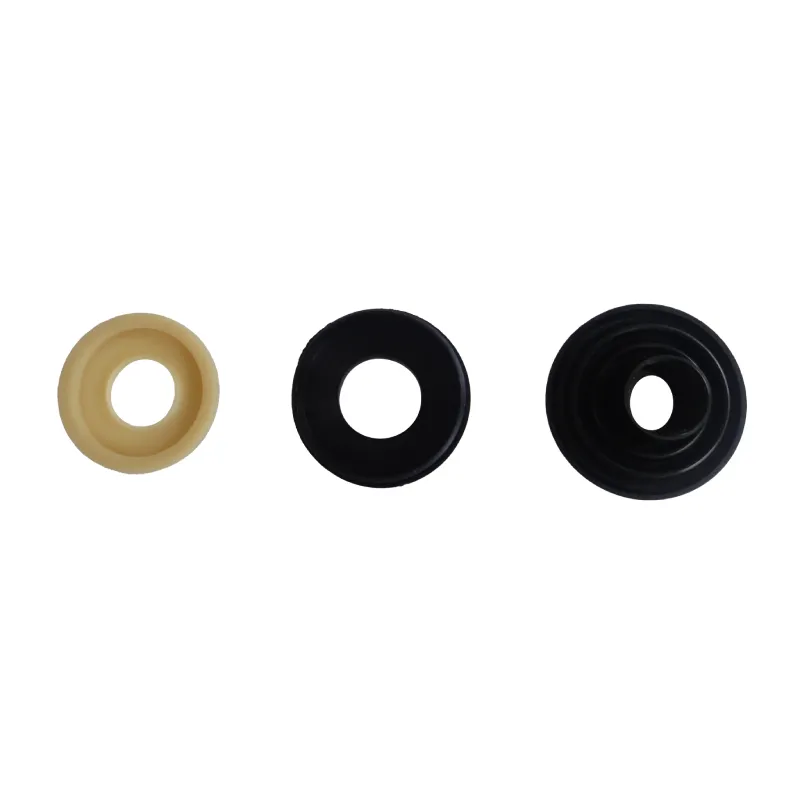 Afrikaans
Afrikaans  Albanian
Albanian  Amharic
Amharic  Arabic
Arabic  Armenian
Armenian  Azerbaijani
Azerbaijani  Basque
Basque  Belarusian
Belarusian  Bengali
Bengali  Bosnian
Bosnian  Bulgarian
Bulgarian  Catalan
Catalan  Cebuano
Cebuano  Corsican
Corsican  Croatian
Croatian  Czech
Czech  Danish
Danish  Dutch
Dutch  English
English  Esperanto
Esperanto  Estonian
Estonian  Finnish
Finnish  French
French  Frisian
Frisian  Galician
Galician  Georgian
Georgian  German
German  Greek
Greek  Gujarati
Gujarati  Haitian Creole
Haitian Creole  hausa
hausa  hawaiian
hawaiian  Hebrew
Hebrew  Hindi
Hindi  Miao
Miao  Hungarian
Hungarian  Icelandic
Icelandic  igbo
igbo  Indonesian
Indonesian  irish
irish  Italian
Italian  Japanese
Japanese  Javanese
Javanese  Kannada
Kannada  kazakh
kazakh  Khmer
Khmer  Rwandese
Rwandese  Korean
Korean  Kurdish
Kurdish  Kyrgyz
Kyrgyz  Lao
Lao  Latin
Latin  Latvian
Latvian  Lithuanian
Lithuanian  Luxembourgish
Luxembourgish  Macedonian
Macedonian  Malgashi
Malgashi  Malay
Malay  Malayalam
Malayalam  Maltese
Maltese  Maori
Maori  Marathi
Marathi  Mongolian
Mongolian  Myanmar
Myanmar  Nepali
Nepali  Norwegian
Norwegian  Norwegian
Norwegian  Occitan
Occitan  Pashto
Pashto  Persian
Persian  Polish
Polish  Portuguese
Portuguese  Punjabi
Punjabi  Romanian
Romanian  Russian
Russian  Samoan
Samoan  Scottish Gaelic
Scottish Gaelic  Serbian
Serbian  Sesotho
Sesotho  Shona
Shona  Sindhi
Sindhi  Sinhala
Sinhala  Slovak
Slovak  Slovenian
Slovenian  Somali
Somali  Spanish
Spanish  Sundanese
Sundanese  Swahili
Swahili  Swedish
Swedish  Tagalog
Tagalog  Tajik
Tajik  Tamil
Tamil  Tatar
Tatar  Telugu
Telugu  Thai
Thai  Turkish
Turkish  Turkmen
Turkmen  Ukrainian
Ukrainian  Urdu
Urdu  Uighur
Uighur  Uzbek
Uzbek  Vietnamese
Vietnamese  Welsh
Welsh  Bantu
Bantu  Yiddish
Yiddish  Yoruba
Yoruba  Zulu
Zulu Conveyor Bearing Housing | Sealed Steel, Durable Performance
Why a Conveyor Bearing Housing lives or dies by its seal
If you’ve ever stood next to a quarry conveyor in rainy season, you already know: once dust and slurry sneak past the seal, the bearing’s countdown begins. That’s why I keep a close eye on sealing tech around the Conveyor Bearing Housing. Lately I’ve been testing the TK Seal from Cangzhou (yes, the one out on East Outer Ring Road in Yanshan County) and, to be honest, the field feedback has been better than I expected.

Product snapshot: TK Seal for Conveyor Bearing Housing
| Item | Details (≈ values; real-world use may vary) |
|---|---|
| Product name | TK Seal (for Conveyor Bearing Housing) |
| Material | Nylon (engineered grade, typically PA6/PA66) |
| Applicable bearings | 6204, 6205, 6305, 6306, 6307, 6308, 6309, 6310, etc. |
| Function | Dustproof, waterproof for harsh environments (quarry, cement, ports) |
| Indicative IP performance | Up to ≈IP66 in lab splash tests [3], depending on housing tolerance |
| Operating temp | ≈ -20°C to +90°C (continuous), short peaks higher depending on grease |
| Origin | East Outer Ring Road, Yanshan County, Cangzhou, Hebei, China |
How it’s made (and why it matters)
Materials: impact-modified Nylon with wear additives. Method: precision injection molding, then de-flash and dimensional check (ISO 286 fits, go/no-go gauges). Sealing lip geometry is where the magic happens—too tight and you cook the bearing; too loose and, well, you know what happens.
Testing: water ingress per IEC 60529 concepts (aiming at IP55–IP66 depending on housing), dust chamber exposure, salt spray for hardware interfaces (ISO 9227), hardness per ASTM D2240 (Shore D), and rotation endurance on loaded rigs. Service life modeling references ISO 281 for bearing life; the seal’s job is to keep that model honest.
Where it’s used
- Mining and aggregates conveyors (wet fines, abrasive dust)
- Cement and clinker lines (hot, alkaline dust)
- Ports and grain terminals (salt air, intermittent washdowns)
- Logistics sorters (lower contamination, high uptime targets)
Advantages I keep hearing from maintenance folks: fewer relubes in rainy months, less noisy bearing failure, and—surprisingly—cleaner housings around the labyrinth. I guess good geometry shows up as silence in the data.
Vendor landscape (quick comparison)
| Vendor | Origin | Material options | Lead time | Certs | Approx 6205 price |
|---|---|---|---|---|---|
| Idler Aohua (TK Seal) | Cangzhou, Hebei | Nylon; custom blends | ≈ 2–4 weeks | ISO 9001 (typical) | $ — competitive |
| Regional OEM | Local/nearshore | Nylon, NBR, PU | ≈ 3–6 weeks | ISO 9001, ISO 14001 | $$ |
| Trading house | Mixed | Varies | ≈ 4–8 weeks | On request | $–$$ (varies) |
Customization notes
Common tweaks include lip pressure, labyrinth length, and material blend for temperature or chemical exposure. For food-adjacent zones, specify food-grade resins and grease compatibility (obvious, but still).
Field results (two snapshots)
- Iron ore conveyor, humidity 80%+: TK Seal on 6307 housings cut water ingress complaints to near-zero; bearing life extended ≈25–35% versus prior seal set, over a 9‑month run.
- Cement transfer line: dust intrusion dropped visibly (operators’ words) and vibration alarms decreased ≈18% after retrofit; relube interval moved from weekly to biweekly.
Bottom line: if your Conveyor Bearing Housing runs in dirty, wet, or salty air, the TK Seal is a small cost that punches above its weight. Actually, most failures I log weren’t “bearing problems”—they were sealing problems in disguise.
Authoritative citations
- ISO 281: Rolling bearings — Dynamic load ratings and rating life.
- ISO 15243: Rolling bearings — Damage and failures — Terms, characteristics and causes.
- IEC 60529: Degrees of protection provided by enclosures (IP Code).
- CEMA: Belt Conveyors for Bulk Materials, 7th ed. (Conveyor Equipment Manufacturers Association).
- ISO 9227: Corrosion tests in artificial atmospheres — Salt spray tests.
- ASTM D2240: Standard Test Method for Rubber Property—Durometer Hardness (applies to comparative polymer hardness).
-
Impact Roller for Belt Conveyor – Durable Solutions for IndustryNewsNov.24,2025
-
Rubber Conveyor Rollers – Quiet, Durable, Sealed BearingsNewsNov.24,2025
-
Industrial Conveyor Belt Rollers: Durable Solutions for Harsh EnvironmentsNewsNov.24,2025
-
Idler Rollers for Belt Conveyors | Durable, Low-Noise OEMNewsNov.24,2025
-
Durable Rubber Conveyor Belt Rollers for Industrial UseNewsNov.24,2025
-
Ceramic Lagging Conveyor Pulley – Anti-Slip, Wear-ResistantNewsNov.17,2025





























